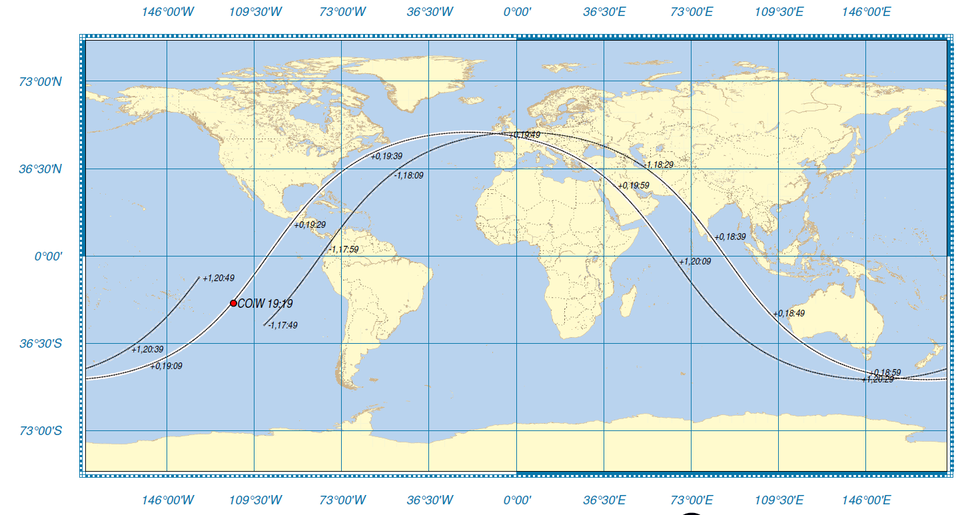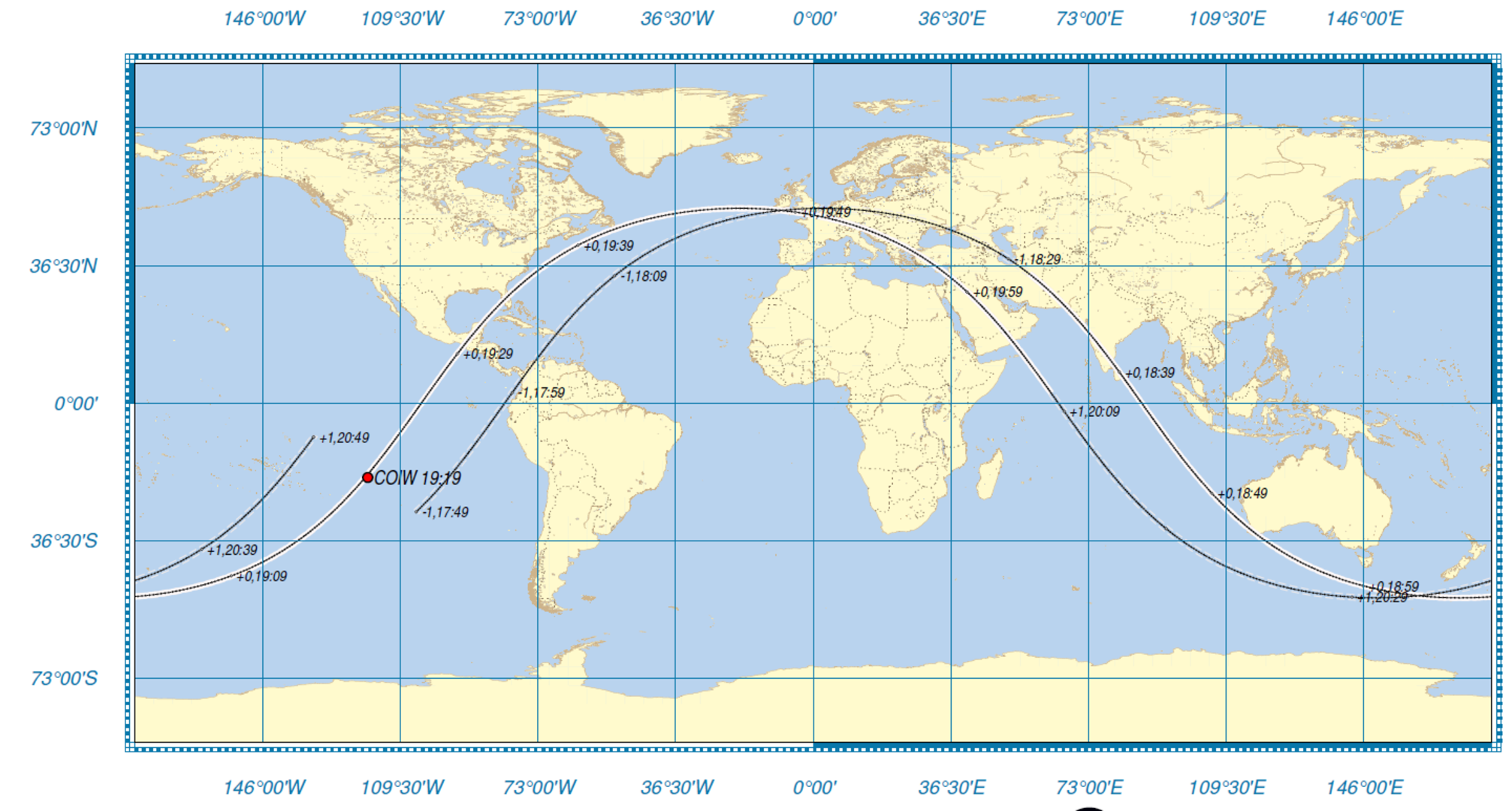Reentry of International Space Station (ISS) batteries into Earth’s atmosphere
UPDATE (8 March, 20:00 CET): The reentry of the ISS batteries is now expected between approximately 19:30 CET and 21:08 CET on 8 March. This will be the final update posted.
UPDATE (8 March, 17:00 CET): The reentry of the ISS batteries is now expected between approximately 17:30 CET and 21:50 CET on 8 March.
UPDATE (8 March, 11:00 CET): The reentry of the ISS batteries is now expected between approximately 15:35 CET and 22:25 CET on 8 March.

Original text (7 March, 20:00 CET):
The European Space Agency (ESA) Space Debris and Independent Safety Offices are closely monitoring the reentry of a pallet of used ISS batteries and calculating estimates for when and where the reentry will occur.
The batteries, nine in total, were released on 11 January 2021 and will undergo a natural reentry, which is now predicted for around 18:56 CET on 8 March +/- 0.4 days.
The total mass of the batteries is estimated at 2.6 metric tonnes, most of which may burn up during the reentry. While some parts may reach the ground, the casualty risk – the likelihood of a person being hit – is very low.
The reentry will occur between -51.6 degrees South and 51.6 degrees North. Large uncertainties, primarily driven by fluctuating levels of atmospheric drag, prevent more precise predictions at this time. The closer we get to the expected reentry window, the better the concerned region can be geographically constrained.
ESA is monitoring the object and, upon request, providing ESA Member States with the latest predictions for the time and location of the reentry, which they then combine with their own analyses.
A large space object reenters the atmosphere in a natural way approximately once per week, with the majority of the associated fragments burning up before reaching the ground. Most spacecraft, launch vehicles and operational hardware are designed to limit the risks associated with a reentry.


